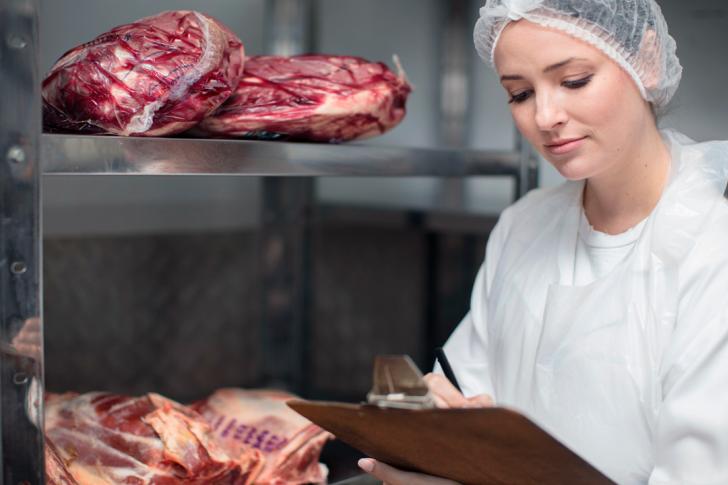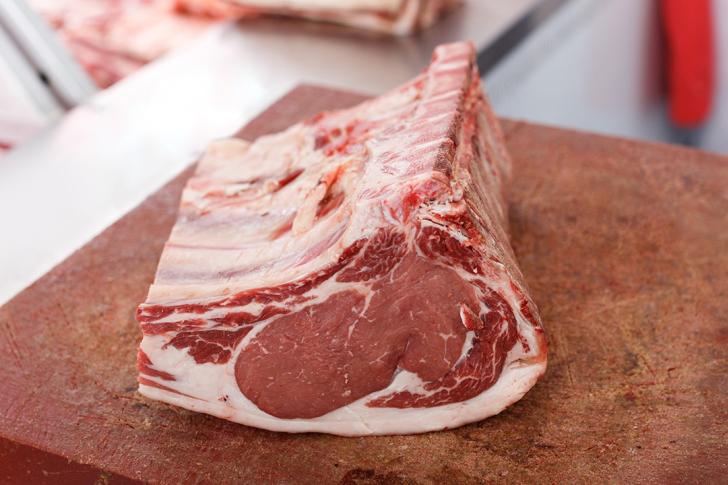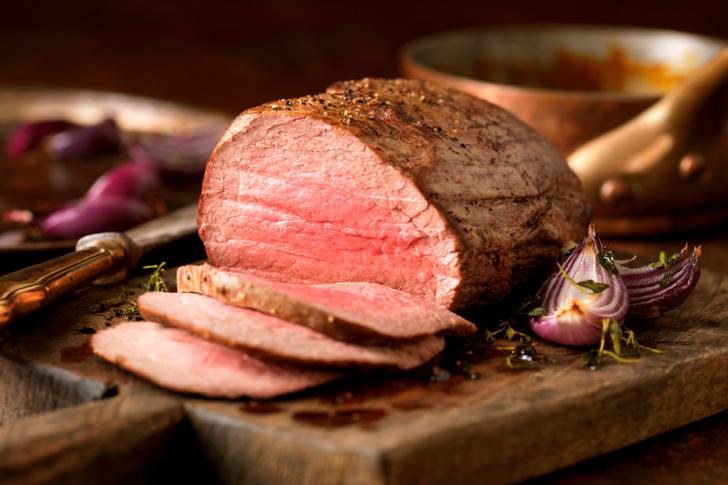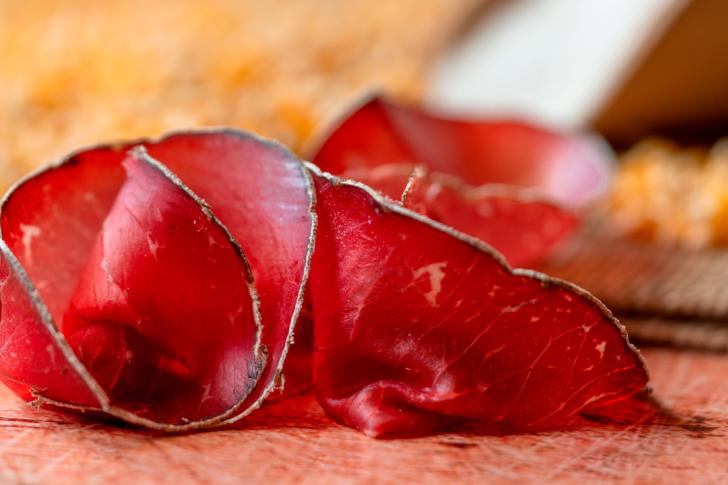EU meat products are renowned for their quality, safety, and traditional methods of production. Stringent animal health laws and traceability ensure safety, while regional labels like PDO and PGI protect authenticity and unique flavors influenced by climate and geography. Rich in nutrients and crafted with traditional techniques such as salting and smoking, EU meat offers exceptional taste and diversity.
Each farm animal in the European Union is registered, and its meat can be traced back to an individual farm and farmer. This registration facilitates effective disease prevention. EU animal health laws also ensure that every farm animal is kept in good conditions. Furthermore, there are sanitary controls at every level, for example, to check the meat against contaminants.
Specific labelling protects meat that is produced in a certain region: for example, Irish Connemara Hill or Greek Elassonas lamb. The Protected Designation of Origin (PDO) and Protected Geographical Indications (PGI) protect the traditional methods of production and guarantee the authenticity and origin of products, as not only the production methods but also the climate and geography contribute to authentic taste and quality. For example, the distinctive flavour and texture of Danish Vadehavslam are a direct result of the unique climate of the Danish coast and its salty farmland.
Rich in essential nutrients, great-tasting EU beef and pork help maintain a balanced diet rich in protein, zinc, iron and B vitamins. Poultry from the EU is a healthy low-fat and low-cholesterol option, and an important part of the European agricultural production.
In the European Union, meat is mainly preserved through salting or smoking. Salting, with dry salt or with brine, is a traditional method that is part of most PDO and PGI meat products. Salt prevents the growth of microorganisms by drawing water out of the cells. End products include the typical Bresaola from Valtellina, Italy: the raw beef or horse meat is salted and tanned with pepper, garlic, cinnamon, bay leaf and cloves, and left hanging in brine for a period of 10 to 15 days.
Smoking uses dehydration and exposure to smoke from burning or smouldering. The smoking process on Spanish Cecina (Léon, Spain) enhances the aroma and brings out the characteristic mature taste. Cârnaţi de Pleşcoi sausage, the only traditional Romanian sausage to receive a PDO label, is also smoked. It is made from goat or mutton, is spiced with chilli and garlic, then dried and smoked.



